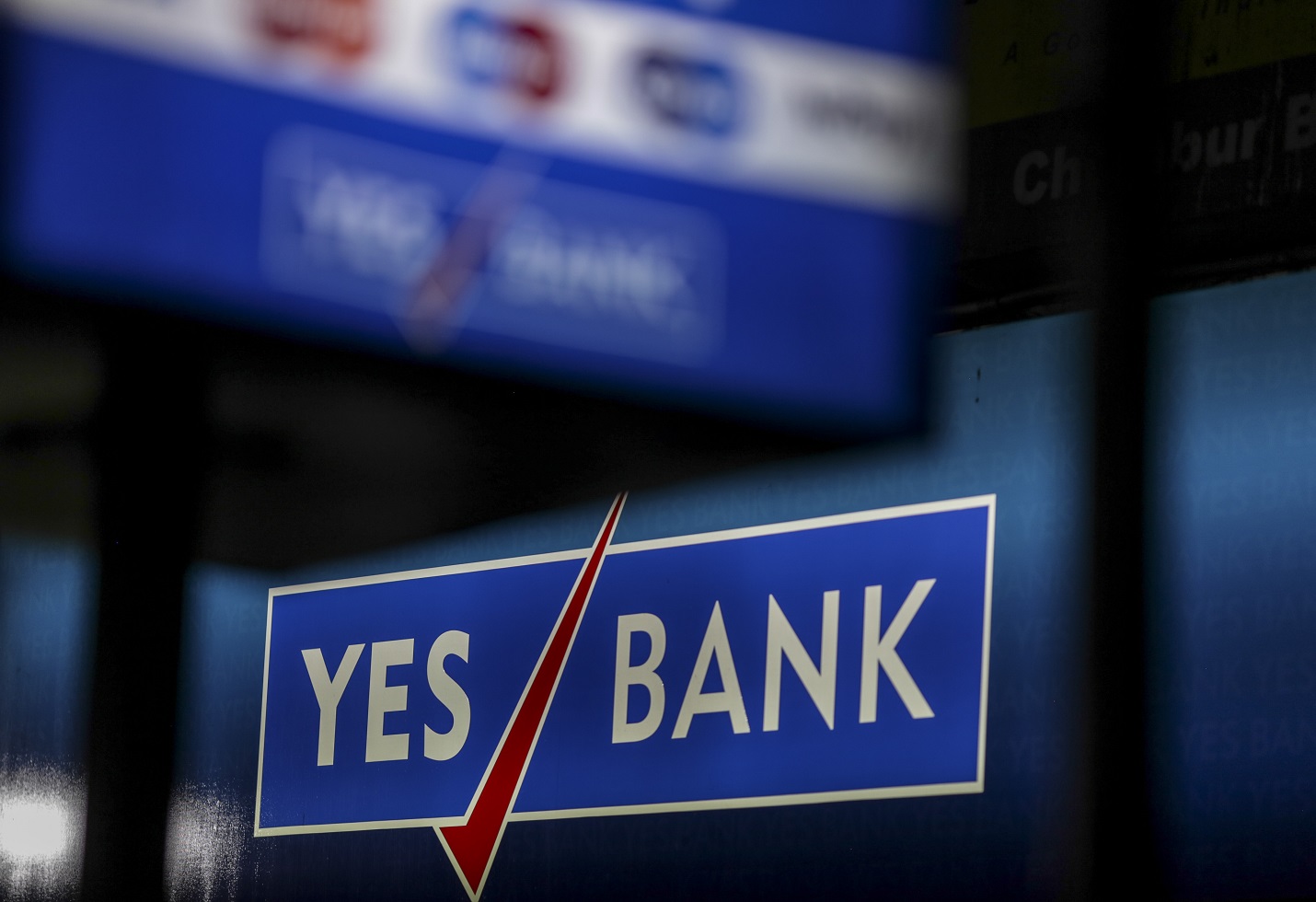ESAF Small Finance Bank Shares Surge Over 11% in Largest Intraday Gain in 16 Months
On June 19, 2025, ESAF Small Finance Bank (SFB) experienced a sharp surge in its stock price, marking its most significant intraday gain in the past 16 months. The stock climbed over 11% during the trading session, driven by strategic decisions aimed at cleaning up the bank’s balance sheet and reducing non-performing assets (NPAs). This positive development sparked strong investor interest and sent ESAF’s shares soaring.
Strategic Move to Offload Stressed Assets
The primary catalyst for this impressive rally was the bank’s announcement regarding the sale of a substantial pool of stressed loans to an Asset Reconstruction Company (ARC). ESAF’s Board of Directors approved the sale of stressed assets worth approximately ₹735 crore, which includes ₹362 crore in non-performing assets and another ₹372 crore in technically written-off accounts.
Significantly, the bank had already made provisions covering nearly 90% of these stressed assets, minimizing any additional impact on its balance sheet. By offloading these loans, ESAF is taking an important step toward improving its asset quality and streamlining its financials.
Investor Confidence on the Rise
Investors responded positively to this decisive move. The stock saw high trading volumes, reaching an intraday peak of around ₹34 per share, before closing the day with gains of nearly 9%. The sharp rise came after ESAF shares had been under pressure in recent months, declining roughly 21% year-to-date.
The sudden turnaround indicates growing market confidence in the bank’s commitment to improving its financial health. The robust trading activity, coupled with technical indicators suggesting more room for growth, added to the optimism surrounding the stock.
Key Financial Background
Despite the favorable market reaction, ESAF Small Finance Bank reported a net loss of ₹183 crore for the March 2025 quarter, a steep drop from the ₹43 crore profit achieved in the same quarter last year. The bank’s operating income also fell by about 10.8%, from approximately ₹1,002 crore to around ₹893 crore.
A key factor contributing to the loss was higher provisions and write-offs linked to stress in its microfinance portfolio. The provisions for the quarter spiked to approximately ₹332 crore. Nonetheless, ESAF maintained a net interest margin (NIM) of around 8.1% and a manageable net NPA ratio of 2.9%, reflecting its underlying operational strength despite temporary setbacks.
Focus on Retail and Secured Lending
ESAF has been gradually shifting its lending strategy from microfinance-heavy exposure to a more balanced portfolio with greater emphasis on secured and retail loans. This transition is seen as a strategic effort to mitigate risks and stabilize long-term growth.
The sale of bad loans aligns with this shift, allowing the bank to free up capital, clean its books, and redirect resources toward safer, revenue-generating assets. Market analysts believe this strategic realignment positions ESAF to achieve healthier margins and more sustainable growth in the coming quarters.
Market Outlook and Analyst Perspective
The bank’s proactive approach to handling its stressed assets has impressed both investors and analysts. Market participants see this as an early indication that ESAF is taking decisive action to strengthen its financial position and regain profitability.
While the Q4 results reflect lingering challenges, the asset sale demonstrates that the bank is serious about resolving its NPA issues. As ESAF continues to realign its loan book and focus on growth areas such as retail and secured lending, analysts anticipate improved financial stability and a potential return to profitability.
Additionally, the strong trading volumes and positive technical signals suggest the stock may continue its upward trajectory in the near term. Investors are now closely monitoring the bank’s subsequent performance to confirm whether this rally is sustainable.
Conclusion
The 11% intraday jump in ESAF Small Finance Bank’s shares reflects fresh investor confidence after the bank’s strategic move to offload a significant amount of stressed assets and strengthen its balance sheet. With a high provision coverage and a shift towards safer lending practices, ESAF is taking the necessary steps to improve its financial health and operational efficiency.
The market’s favorable response to these developments indicates optimism about the bank’s future growth and stability. Going forward, ESAF’s ability to sustain this momentum will depend on its execution of the revised lending strategy, its capacity to contain NPAs, and its return to consistent profitability.
ESAF Small Finance Bank shares jumped over 11% following the announcement of stressed asset sales, reflecting stronger investor trust and a focus on improving the balance sheet.
:
The image added is for representation purposes only









